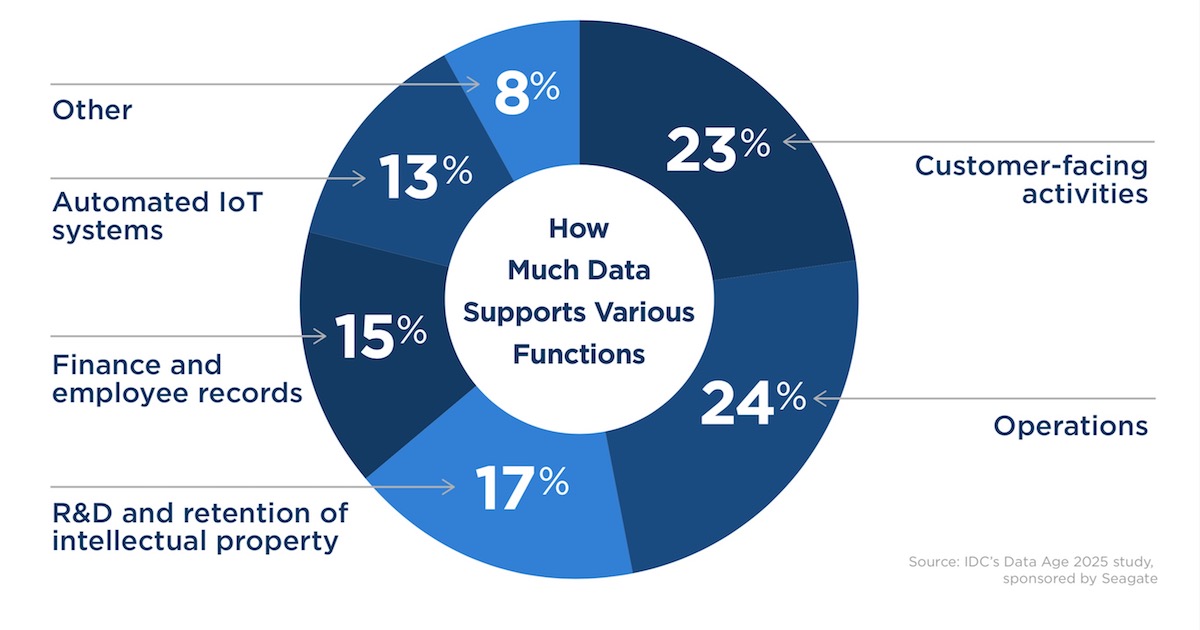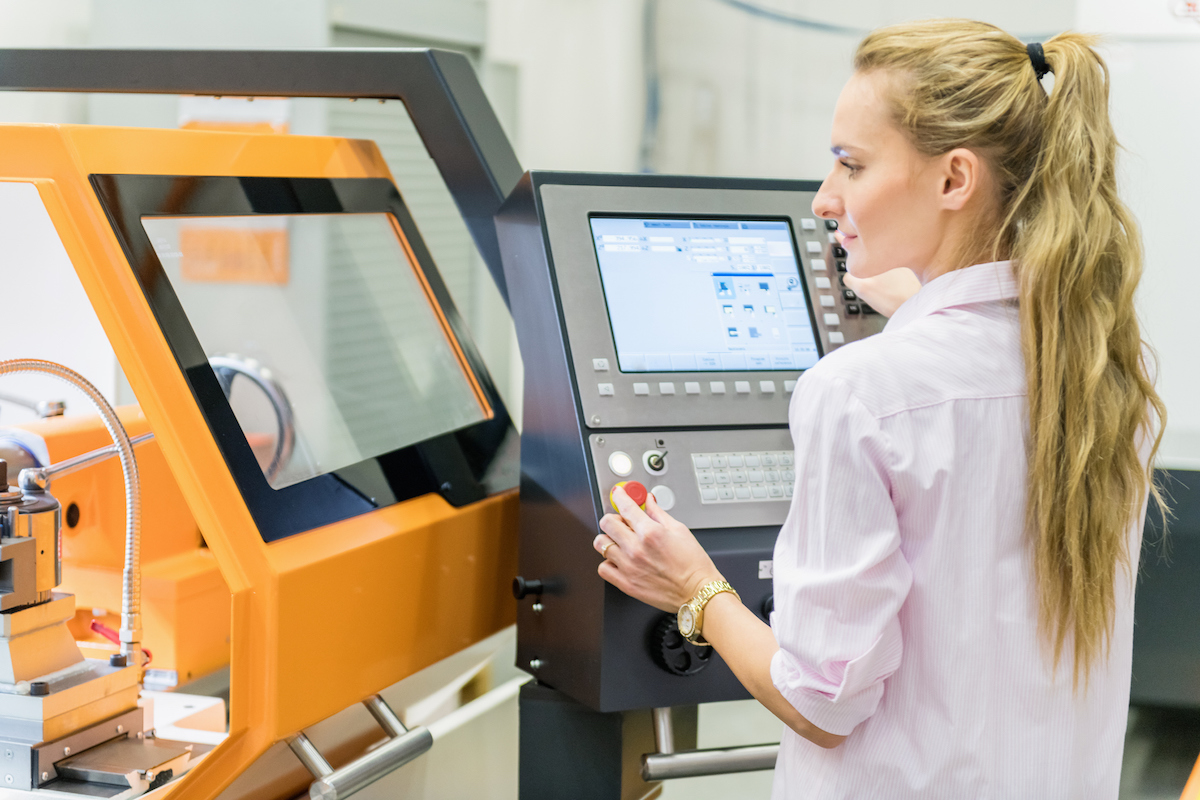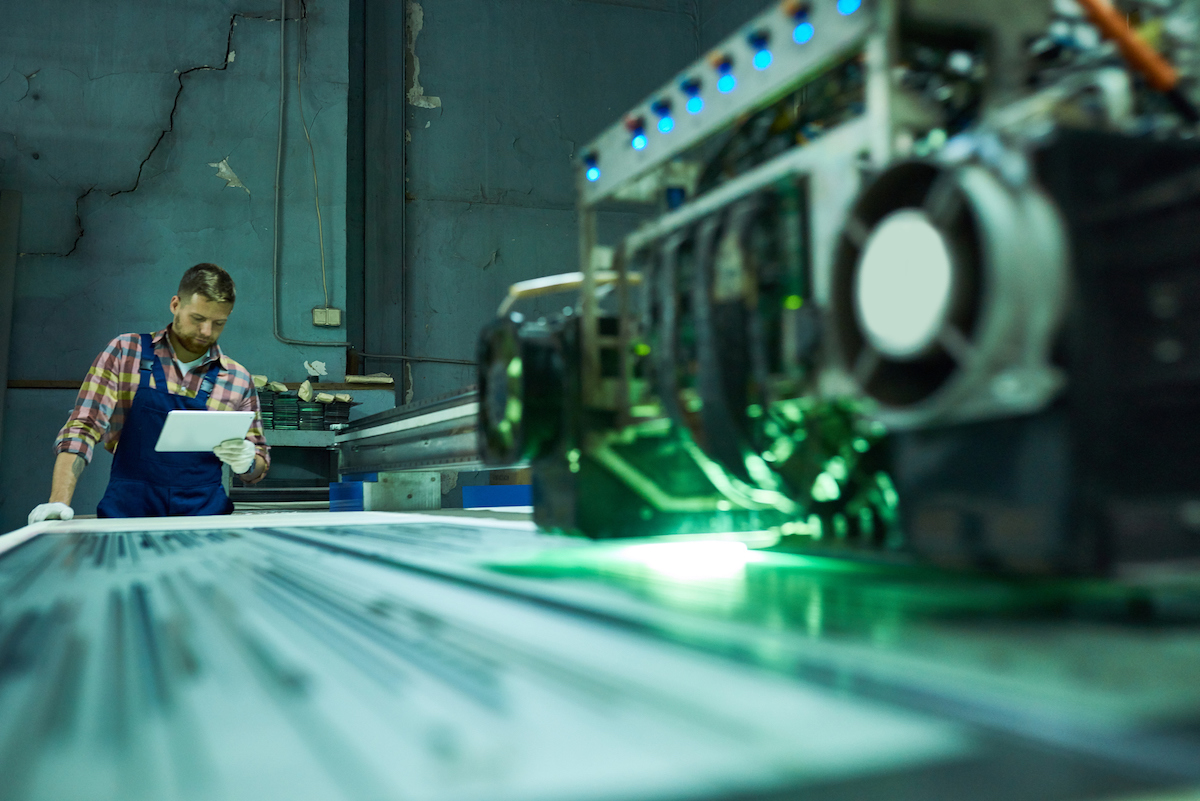IDC has been measuring the DATCON (Data Readiness Condition) of multiple business segments. In developing its DATCON index, IDC aims to analyze the data management, usage, leadership, and monetization capabilities of the industry segments it’s studied, both to review strengths and to reveal opportunities for better managing, analyzing, leveraging, and capitalizing on data.
In its white paper Manufacturing: DATCON 4 — An Industry on Solid Ground, IDC reports that the manufacturing sector has an acceptable grasp on the size and growth of data. Manufacturers collect, manage and utilize data supporting a breadth of functions including factory operations, intellectual property, finance and employee records, and automated Internet of Things (IoT) systems. But new types of data abound — ever more sensors, new R&D inputs, new edge-sourced data supporting customer-facing activities, and more.

Functions that support data in the Manufacturing segment
What steps should a manufacturer take to be sure it’s ready to manage, analyze, leverage, and capitalize on data?
IDC ranks the manufacturing sector’s DATCON at 4 out of a possible 5 — with 5 indicating high preparedness, and 1 being low. This means the industry is leading in many areas of digital transformation, has developed a vibrant digital ecosystem, is taking digital transformation initiatives seriously and budgeting for them, has data management well under control, and has a good pulse on how to leverage data to its fullest extent.
IDC believes in particular the manufacturing sector is well-entrenched in the crucial transformation to the IoT era. IT investment in general is relatively strong, focusing on technology directed at cost reduction through manufacturing efficiency and quality. At the same time, even in its advanced state, the segment has room to improve, IDC says — specifically as to its investments into leveraging blockchain and artificial intelligence.
What are the data opportunities on the factory floor?
Thanks to the proliferation of sensors and the implementation of IoT in factories, the growth of data generation in the manufacturing process is huge. These new volumes of data give companies an opportunity to gain insights that would be impossible only a few years ago.

In the past, an individual factory processing line might have had three sensors — perhaps temperature, pressure, and time. Now on a single line there could be 12 temperature sensors, eight pressure sensors, four positioning sensors, and a radio-frequency identification (RFID) tag. And where an older sensor may have provided one scan every 15 seconds, now those dozen or two dozen sensors might each collect and deliver data every second.
Meanwhile, whereas older systems dumped their data into a spreadsheet to be reviewed later, now these masses of data are moved in real-time into an automated data historian in the cloud, which means that manufacturing and process engineers can deploy that production data to optimize processes and quality control immediately.
In addition, the roles of factory staff are shifting more to centralized monitoring and diagnostics activities. The data being delivered in real-time from factory systems can make it possible for the technical staff to employ advanced analytics and make decisions in real-time that impact a greater portion of the manufacturing process.
New data opportunities outside the factory walls
Meanwhile, as the industry maintains a high investment in improved manufacturing processes, it’s now focusing on technologies that enable analysis of data from outside the traditional manufacturing walls.
For example, as a way to improve efficiency and quality in supply chain processes prior to manufacture, IDC suggests that increased investment in Blockchain can bring to bear an important technology for manufacturers that can ensure the components used in a product have been traced from their point of origin, and are authentic — originating from the correct sources. IDC notes that “Parts come from various geographies, and using blockchain can help prevent fraudulent parts from being substituted in the final build process of products.”
At the other end of the lifecycle, after products are manufactured and shipped to customers, “connected” products can now deliver data back to the manufacturer about product performance — data that can then be used to continuously improve future products.
Embedded sensors can also provided real-time, real-world benefits that benefit both consumers and device makers — for example, when a washing machine sends a signal of an impending failure, the manufacturer can notify the customer immediately, and even send a replacement part before the failure occurs.
Other data from connected products can provide insights on how and where customers are deriving the most value from their products; such data can suggest new features and services customers would find useful, and may also illuminate new potential revenue streams for the manufacturer.
“We’ll have more intelligence, more activity that’s going on at the edge on the equipment that we build and the IoT devices,” said one leading manufacturing firm interviewed by IDC, noting that such systems will be “bringing back more analyzed data, rather than raw data.”

Meeting the challenge to manage increasingly disparate data sets
IDC notes that the problem of disparate data sets already exists, but will expand tremendously into the future. The problem? “We are beginning to understand the value of data mining and being able to bring together disparate data and systems that create that data,” said a leading engine manufacturer interviewed by IDC, but, “we don’t understand well enough how to do this in an efficient, cost-effective way.”
What are the challenges manufacturers may face as new types of data are delivered from these external, uncontrolled environments — from suppliers’ factories or warehouses to consumers’ homes, garages or cars?
What are the priorities for manufacturers as they aim to consolidate their data strategies into a cohesive approach that encompasses continued IoT and cloud investment and integration, while also expanding data governance and management to effectively leverage the new data sources?
You can delve into these questions more deeply in the IDC paper Manufacturing: DATCON 4 — An Industry on Solid Ground here.






